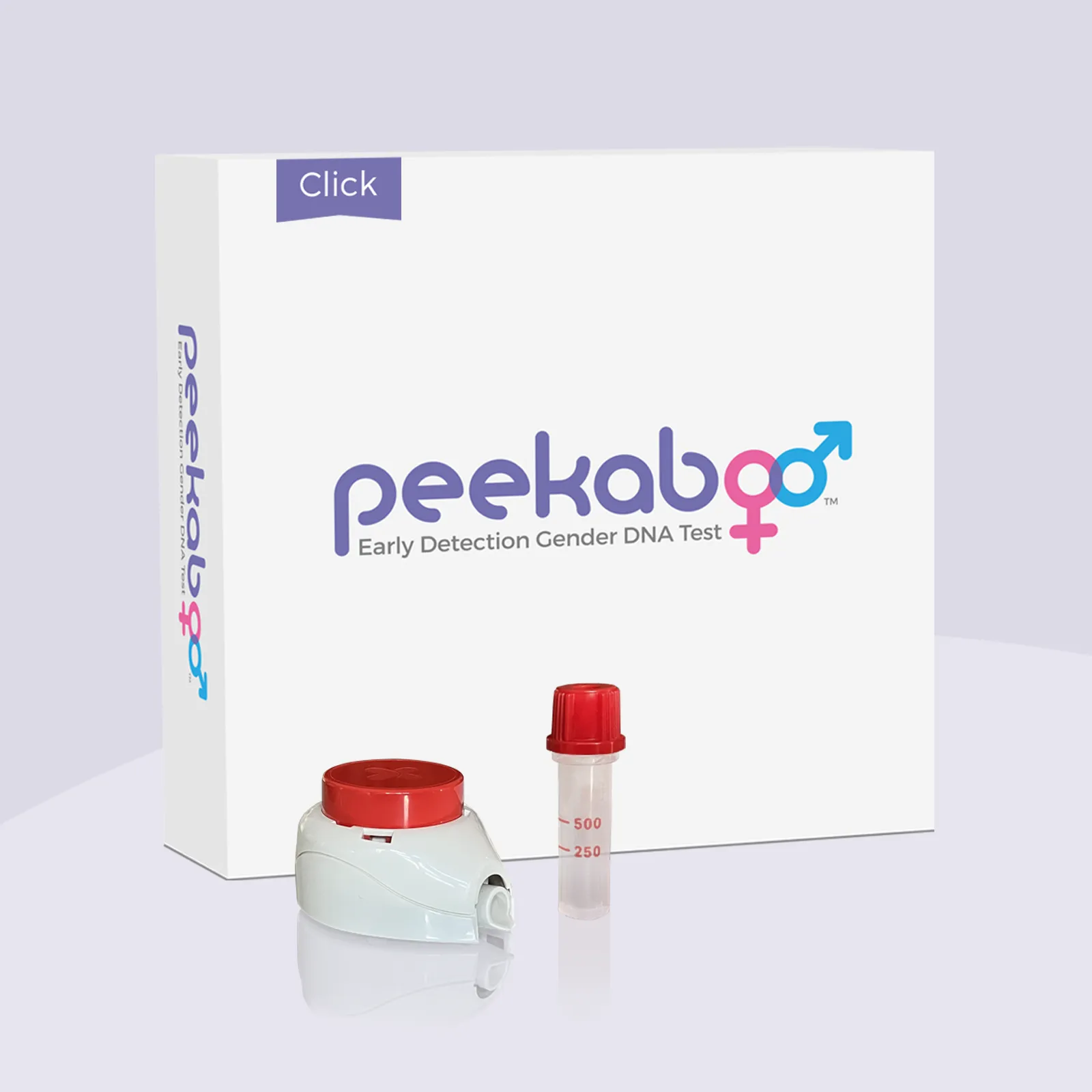Women in the early stages of their pregnancy are often concerned about maternity leave and how to balance work-life and mom-life. As you embark on this exciting journey, ensure you understand your rights and benefits – including maternity leave.
Maternity Leave Standards
Because parental leave policies vary worldwide, state to state, and between employers, approximating the average paid maternity leave in the USA is challenging. Here we break down the difference between national and state-wide parental leave regulations.
National Regulations for Maternity Leave in the U.S.
Unlike many other developed countries, the United States does not have a federally mandated paid maternity leave policy. Though this issue remains a talking point for many policymakers, as of now, only unpaid leave may be mandated depending on your employer.
The Family and Medical Leave Act (FMLA) provides eligible employees with up to 12 weeks of unpaid, job-protected leave for certain family and medical reasons, including the birth or adoption of a child. This means that should you choose to take up to 12 weeks of leave after the birth of a child, your employer must reserve your job (or a comparable position) for your return. FMLA applies to companies with at least 50 employees, all public and private elementary and secondary schools, and public agencies.
Maternity Leave By State
Several states have enacted their own paid family leave programs to supplement the FMLA protections. These programs vary in duration and benefits. For example:
California Maternity Leave
The state of California offers qualifying employees up to 8 weeks of paid maternity leave. This benefit is funded through the state’s employee-paid payroll taxes and covers approximately 60-70 percent of a person’s weekly salary.
New York Maternity Leave
New York State offers up to 26 weeks of disability and family leave combined, during which individuals may receive two-thirds of their average weekly wage—the maximum in 2024 being just over $1500.
New Jersey Maternity Leave
The state of New Jersey offers qualifying employees up to 12 weeks of paid maternity leave.
*Visit your state’s Department of Labor website or office to learn more about parental and/or maternity leave guarantees in your area.
In addition to potential compensation provided by the state you live in, your employer may also include paid maternity leave as part of their benefits package. The duration and amount of paid leave can vary widely depending on the company’s policies, so you may want to speak with a manager or someone in human resources who can provide more information.
Average Paid Maternity Leave
According to data from the U.S. Bureau of Labor Statistics, about 27% of civilian workers had access to a form of paid family leave in 2023 – a slight increase compared to 25% in 2022. Regarding leave benefits, most mothers take anywhere from 1 to 6 months off from work; one 2015 study notes that women take an average of 10 weeks.
Do Your Research
Given the variability in maternity leave policies, it can be helpful to familiarize yourself with your FMLA rights, state-specific programs, and employer policies. You may also want to explore options such as using accrued vacation or sick days, short-term disability insurance, and negotiating with your employer for additional leave or flexibility.
Planning with Your Partner
Planning for maternity and parental leave involves understanding your own benefits and coordinating with your partner. Consider discussing strategies for best utilizing your time off together with your baby.
For example, if one partner has access to paid leave and the other doesn’t, you might explore the lower-earning partner taking unpaid leave to minimize salary disruption while extending the time you can spend with your newborn at home. By coordinating your leaves effectively, you can make the most of this precious time and maximize that much-needed bonding time with your new arrival.
Determining Your Baby’s Gender with Peekaboo
When you use Peekaboo™, you can determine your baby’s gender as early as six weeks gestation! The Peekaboo™ At-Home Early Gender Test is easy, affordable, and accurate. That’s why it’s the only early baby gender reveal test endorsed by the American Pregnancy Association.
Ready to discover your baby’s gender?
Get the Peekaboo At-Home Early Gender DNA Test, proven to be over 99% accurate, and discover your baby’s gender as early as 6 weeks from the comfort of home!


